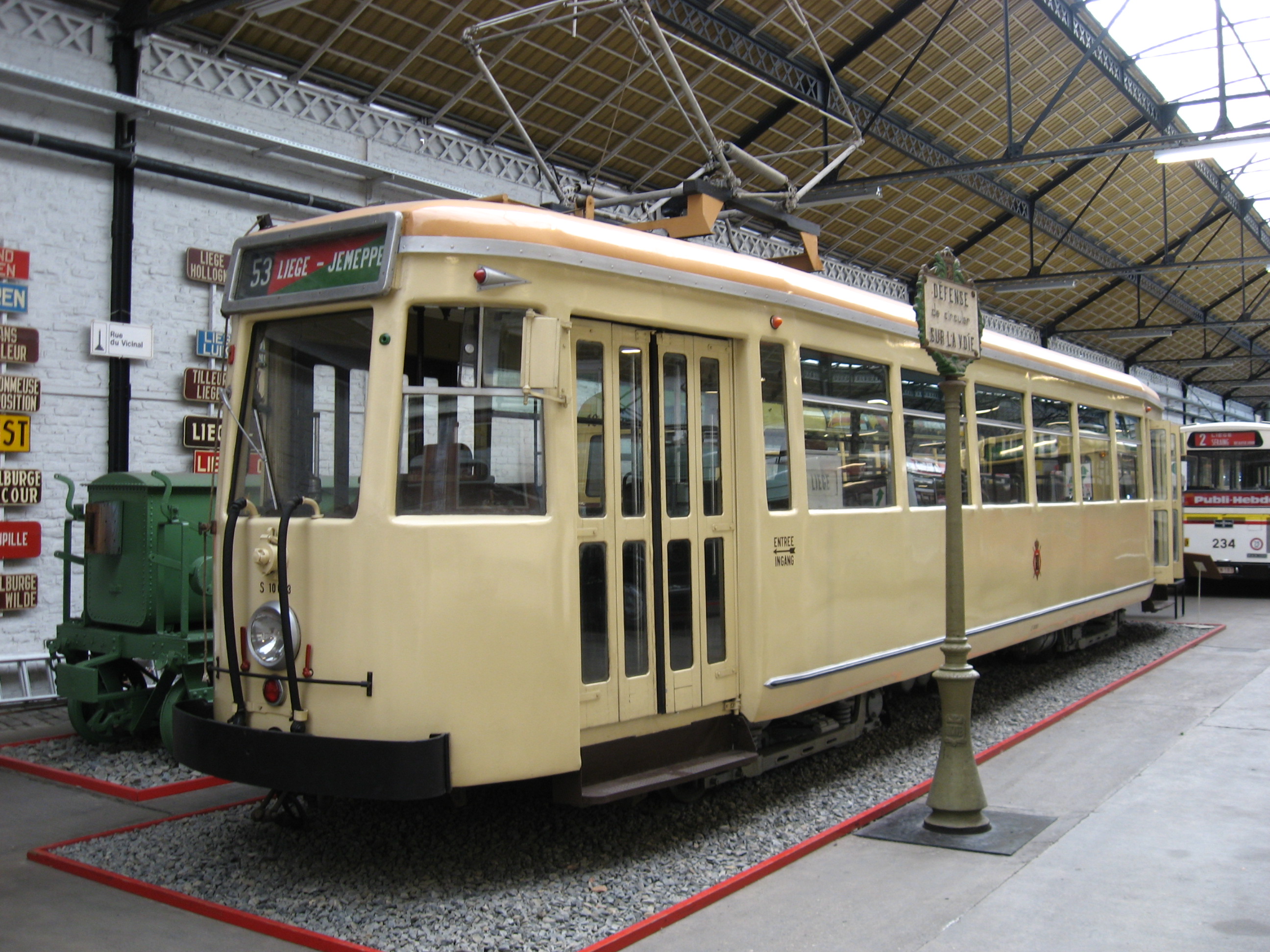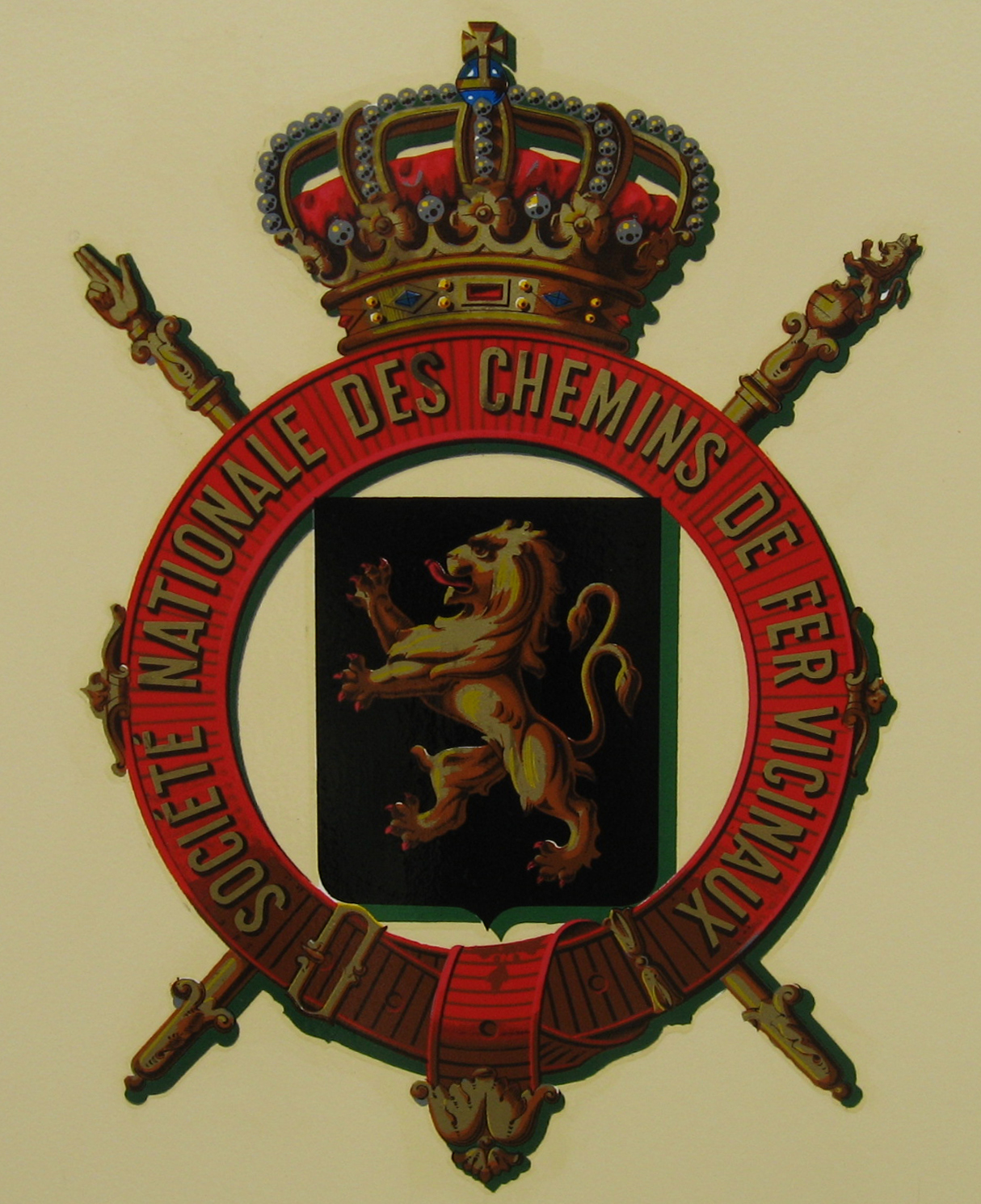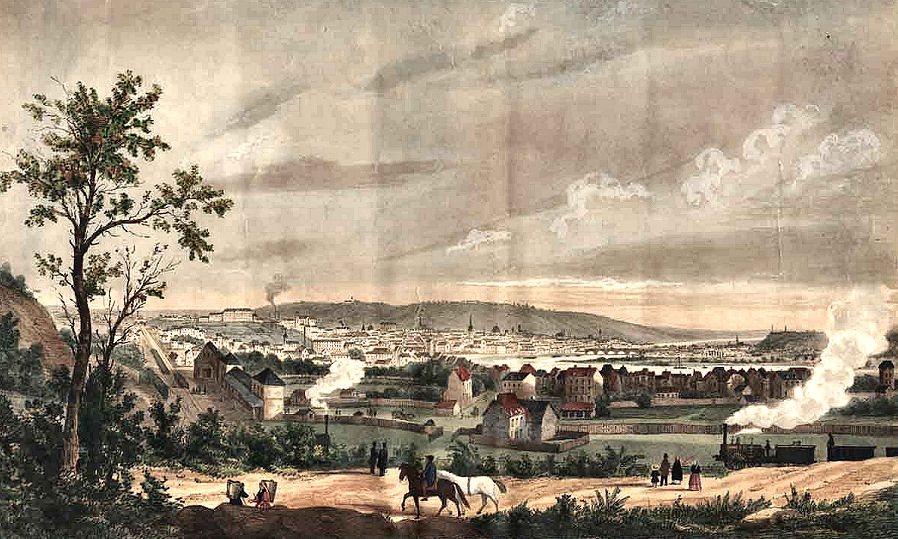|
Trams In Liège
Trams in Liège, Belgium, date back to 1871 which is when the first tramcars using rail tracks and powered by horse traction were introduced in the city. The number and variety of horse-trams proliferated. Electrification began in 1893 and was followed by a decade of rapid network expansion. After 1945 the network was progressively reduced, however, as motor buses were thought to offer better flexibility and lower maintenance and running costs. The last of the tram services for more than half a century was withdrawn in November 1967. In 2014 work began on constructing two new tramlines in Liège, with a scheduled operating commencement date in 2017. The scheduled opening of the first line has subsequently slipped to Spring 2018. History Early years The first electric tram service in Liège, which was also the first electric tram service in Belgium, opened to the public on 9 August 1893, connecting the northern Coronmeuse quarter (fr) with Herstal, to the east of the ci ... [...More Info...] [...Related Items...] OR: [Wikipedia] [Google] [Baidu] |
SNCV S Tram Liege Jeneppe 53
The National Company of Light Railways ( nl, Nationale Maatschappij Van Buurtspoorwegen, abbreviated as NMVB; french: Société Nationale des Chemins de fer Vicinaux, abbreviated as SNCV) was a state-owned transportation provider which comprised a system of narrow-gauge tramways or local railways in Belgium, which covered the whole country, including the countryside, and had a greater route length than the mainline railway system. They were and included electrified city lines and rural lines using steam locomotives and diesel railcars; half the system was electrified. The company gradually switched to buses and dismantled the tram tracks. Only the coastal line, the Charleroi metro, and the short line to the caves at Han-sur-Lesse are still in commercial use; four museums hold significant collections of rolling stock, including the museum at Schepdaal and the ASVi museum in Thuin. The longest () and oldest (40 years) tourist tramway is the '' Tramway Touristique de l'Aisne'' ( ... [...More Info...] [...Related Items...] OR: [Wikipedia] [Google] [Baidu] |
Public–private Partnership
A public–private partnership (PPP, 3P, or P3) is a long-term arrangement between a government and private sector institutions.Hodge, G. A and Greve, C. (2007), Public–Private Partnerships: An International Performance Review, Public Administration Review, 2007, Vol. 67(3), pp. 545–558 Typically, it involves private capital financing government projects and services up-front, and then drawing revenues from taxpayers and/or users over the course of the PPP contract. Public–private partnerships have been implemented in multiple countries and are primarily used for infrastructure projects. They have been employed for building, equipping, operating and maintaining schools, hospitals, transport systems, and water and sewerage systems. Cooperation between private actors, corporations and governments has existed since the inception of sovereign states, notably for the purpose of tax collection and colonization. However, contemporary "public-private partnerships" came into be ... [...More Info...] [...Related Items...] OR: [Wikipedia] [Google] [Baidu] |
Colas Group
Colas Group is a major French civil engineering firm specialising in road construction and rail track construction through its Colas Rail subsidiary. Since the 1990s, the group has incorporated the Screg and Sacer road construction firms. Road construction makes up 80% of the group's activities. Additional related activities include road signage, construction, various civil engineering activities including pipe-laying, and rail track construction and maintenance. Colas Ltd is a UK subsidiary. History Colas The product name Colas was given in 1924, derived from the terms 'cold' and 'asphalt'. Fed by local demand, SGE developed production facilities in France in the 1920s, and also exported the Colas product to French North African possessions, Poland, and Romania. By the end of the 1920s, demand was such that SGE sought the partnership of Anglo-Dutch oil company Shell, and the ''Société Routière Colas'' company was founded, with two Shell subsidiaries taking two thirds of the ... [...More Info...] [...Related Items...] OR: [Wikipedia] [Google] [Baidu] |
CAF Urbos
The CAF Urbos is a family of trams, streetcars, and light rail vehicles built by CAF. The Basque manufacturer CAF previously manufactured locomotives, passenger cars, regional, and underground trains. In 1993, CAF started building trams for Metrovalencia, with the delivery of 16 trams until 1999. This was a variant of a Siemens design and some components were delivered by Siemens, including bogies and traction motors. This design was also sold to Lisbon Trams in 1995; CAF then decided to design and build the Urbos in-house. There are three generations of the CAF Urbos, namely the Urbos 1, Urbos 2, and Urbos 3. The first generation was ordered by the Bilbao tram operator, who received eight trams between 2002 and 2004. The second generation was sold to other operators in Spain, and the third generation is sold in Spain, elsewhere in Europe, the United States, Australia and in the UK. Manufacturing locations include Beasain, Zaragoza and Linares, Spain; Elmira, New York, USA; ... [...More Info...] [...Related Items...] OR: [Wikipedia] [Google] [Baidu] |
Opérateur De Transport De Wallonie
Opérateur de transport de Wallonie (OTW) (French for: ''Transport Operator of Wallonia''), formerly Société régionale wallonne du transport (SRWT) (French for: ''Walloon Regional Transport Company''), is responsible for the supervision, strategic planning and marketing of a group of five regional public transport directorate branded as TEC or "Transport En Commun" (French for: ''Public Transport'') in Wallonia, Belgium. It is primarily a bus operator, but also operates the Charleroi tram system. TEC buses and trams are distinctively painted yellow and red. TEC was founded in 1991 through the breakup of the former Belgian NMVB/SNCV into separate companies for Wallonia and Flanders. TEC sells the MOBIB smartcard branded "TEC it easy" and runs a chain of shops called Espace TEC. History In 2019, ''Société régionale wallonne du Transport'' (SRWT) became ''Opérateur de transport de Wallonie'' (OTW). TEC directorate * TEC Walloon Brabant * TEC Charleroi * TEC Hainaut * TEC L ... [...More Info...] [...Related Items...] OR: [Wikipedia] [Google] [Baidu] |
Liège-Guillemins Railway Station
Liège-Guillemins railway station (french: Gare de Liège-Guillemins, nl, Station Luik-Guillemins, IATA code: XHN), officially Liège-Guillemins, is the main station in Liège, Belgium. It is one of the most important hubs in the country and is one of the four Belgian stations on the high-speed rail network. The station is used by 15,000 people every day, which makes it the eleventh-busiest station in Belgium and the third in Wallonia. It is operated by the National Railway Company of Belgium (SNCB/NMBS). History First station (1842–1863) The choice to make Liège the crossing point of a railway goes back to the first sketches of the railway from Antwerp to the Rhine, drawn up just after the Belgian Revolution. A royal decree issued on 21 March 1832 mentions it and a law dated 1 May 1834 provides for the creation of four lines, including the "eastern line", from Mechelen to Liège and the Prussian border.Ulysse Lamalle, ''Histoire des chemins de fer Belges'' (in French), ... [...More Info...] [...Related Items...] OR: [Wikipedia] [Google] [Baidu] |
Seraing
Seraing (; wa, Serè) is a city and municipality of Wallonia located in the province of Liège, Belgium. The municipality consists of the following districts: Boncelles, Jemeppe-sur-Meuse, Ougrée, and Seraing. With Liège, Herstal, Saint-Nicolas, Ans, and Flémalle, it forms the greater Liège agglomeration (600,000 inhabitants). To the south of Seraing are the Condroz and the Ardennes regions. In addition to its steel factories, Seraing is home to the crystal manufacture Val Saint Lambert, which has been operating on the site of an old Cistercian abbey since 1826. The site of the Arcelor steel company, previously known as Cockerill-Sambre, is the former summer residence for the Prince-Bishopric of Liège. History Antiquity and Middle Ages Several skeletons, potshards, weapons, and jewels were discovered here, dating from the 5th and 6th century, attesting to Seraing being inhabited in Frankish times. The first mention of ''Saran'' dates from 956, when a Carol ... [...More Info...] [...Related Items...] OR: [Wikipedia] [Google] [Baidu] |
London Underground
The London Underground (also known simply as the Underground or by its nickname the Tube) is a rapid transit system serving Greater London and some parts of the adjacent counties of Buckinghamshire, Essex and Hertfordshire in England. The Underground has its origins in the Metropolitan Railway, the world's first underground passenger railway. Opened on 10 January 1863, it is now part of the Circle, District, Hammersmith & City and Metropolitan lines. The first line to operate underground electric traction trains, the City & South London Railway in 1890, is now part of the Northern line. The network has expanded to 11 lines, and in 2020/21 was used for 296 million passenger journeys, making it one of the world's busiest metro systems. The 11 lines collectively handle up to 5 million passenger journeys a day and serve 272 stations. The system's first tunnels were built just below the ground, using the cut-and-cover method; later, smaller, roughly circular tunn ... [...More Info...] [...Related Items...] OR: [Wikipedia] [Google] [Baidu] |





